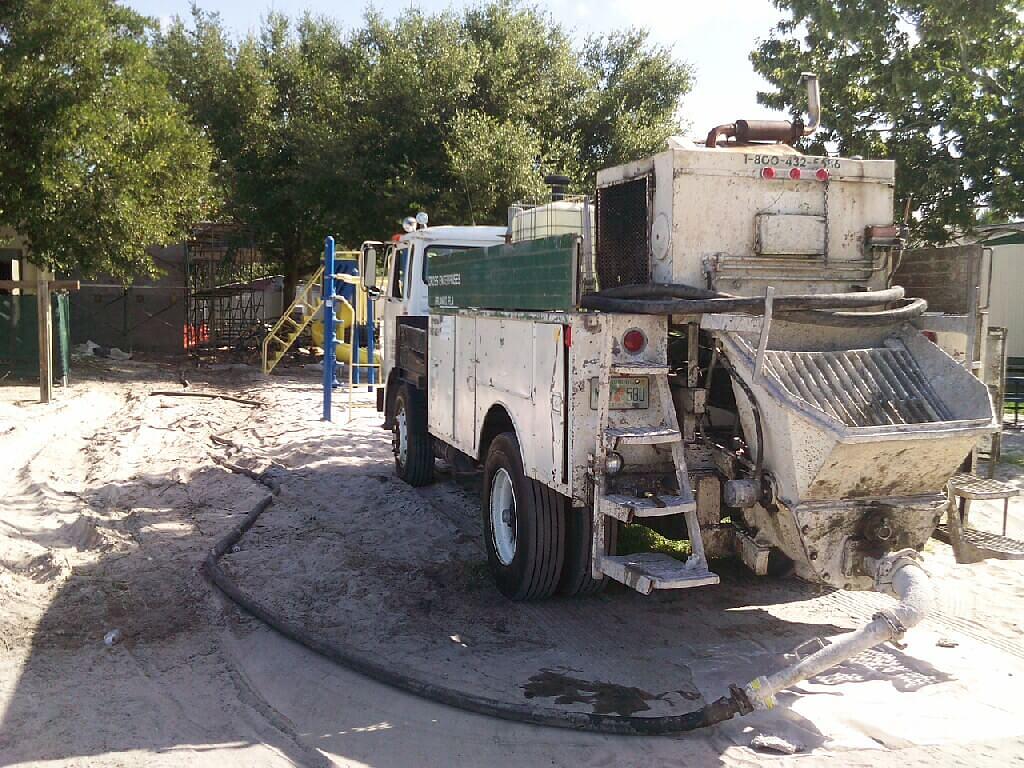 The transportation and pouring of concrete can be a delicate matter. Concrete can be finicky and conditions should be optimal. If not, wastage can occur, costing much time and money. Three top considerations when transporting and pouring concrete are: segregation; postponement of the pour; and, wastage due to poor planning and organization.
The transportation and pouring of concrete can be a delicate matter. Concrete can be finicky and conditions should be optimal. If not, wastage can occur, costing much time and money. Three top considerations when transporting and pouring concrete are: segregation; postponement of the pour; and, wastage due to poor planning and organization.
Factors to Consider
Segregation. This is a characteristic of concrete that occurs when the actual cement constituents become separated. Instead of forming a coagulated mix, the aggregate and cement don’t gel. The problem with segregation is that it severely weakens the concrete, making it less hard-wearing. In order to prevent segregation, ensure that the mix doesn’t have too much or too little water in it. Segregation can also signal that the constituents in the concrete weren’t properly combined in the first place. The guidelines suggest that concrete should be poured at a vertical angle from the concrete pump truck.
Postponement. When transporting and pouring concrete, one of the main problems is that of having to postpone it. If concrete has to sit around prior to use, it can dry out. This will make it rigid and difficult to pour. Having to postpone the pour is even worse when the weather is hot or there’s a strong wind. It’s highly recommended that if pouring is delayed, add cement paste to the mix, not just water.
Waste. One of the fundamental principles of construction, of course, is to not waste materials. This also applies to concrete. The best way to avoid this is to pre-plan and organize the transportation and pour to the very last detail.
Concrete can be a difficult substance to work with. In order to have an incident-free project, there are a number of factors that you should look out for and consider. Whether it’s the purchase of a concrete pump truck; repair and remount pump trucks; or, just some general advice and information, Cole and Lambert offer it.
